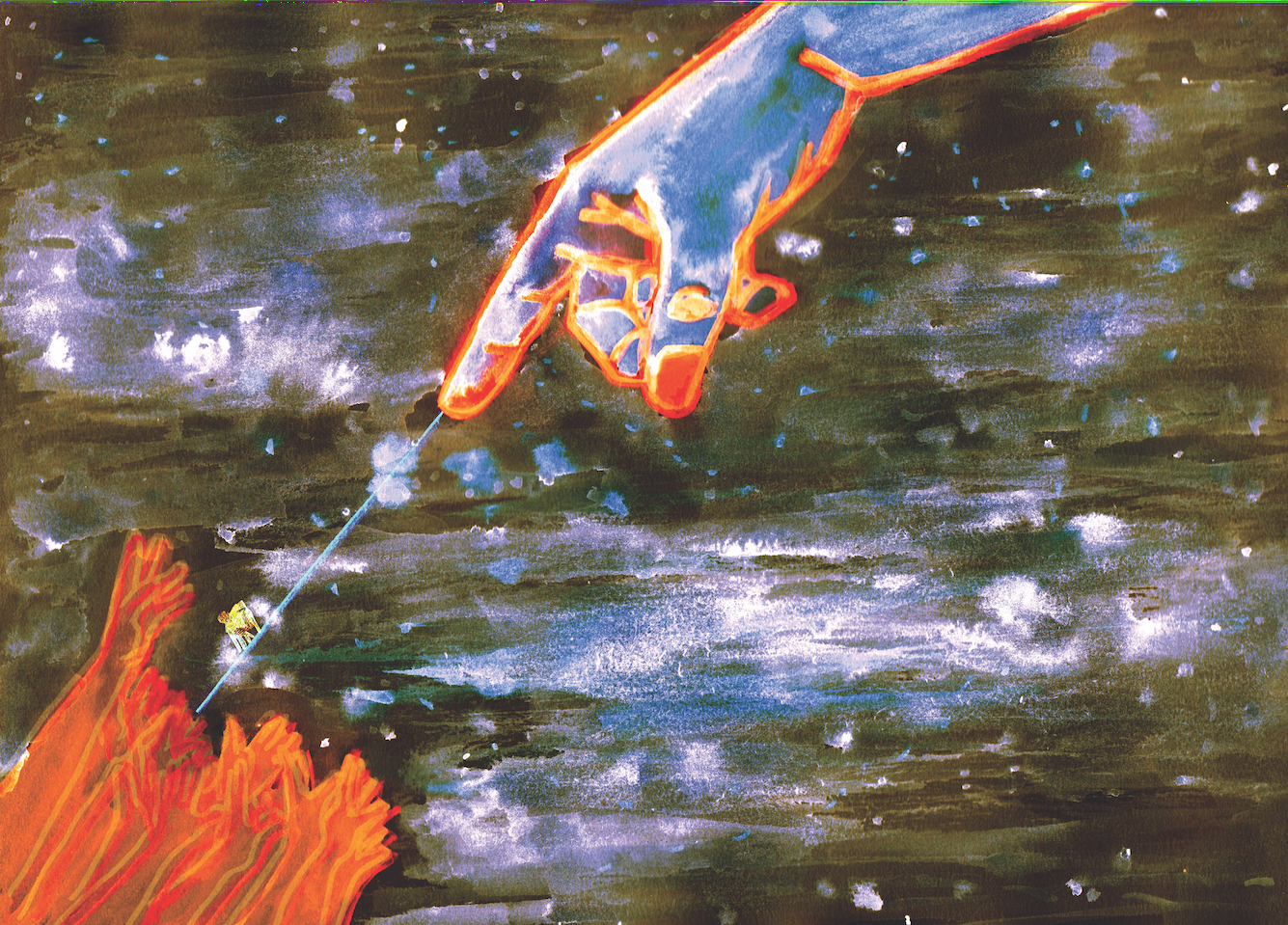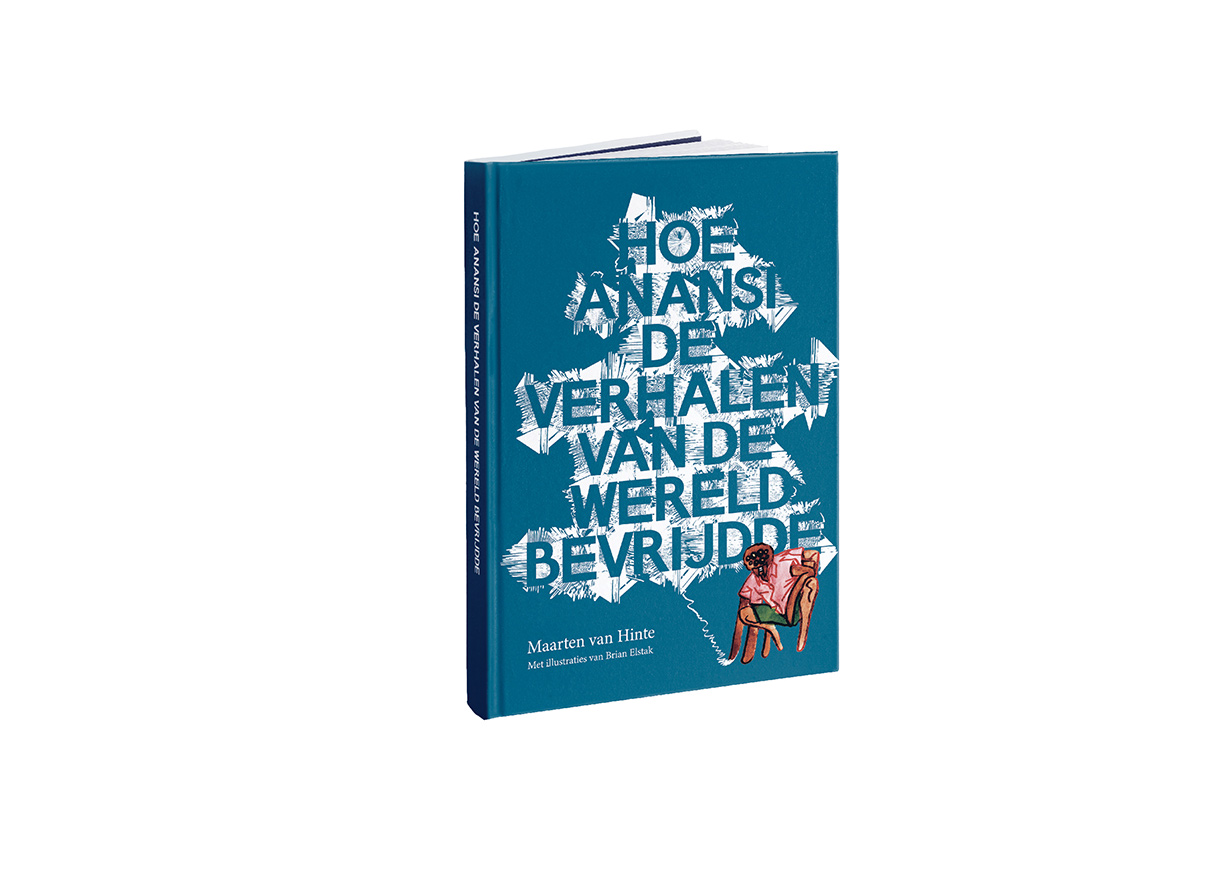How Anansi freed the stories of the world
Duration
Approx. 75 minutes, without interval
The performance is sung in a mix of Dutch, English, and other languages, with surtitles in Dutch and English.
Co-commission and co-production Dutch National Ballet and Dutch National Opera
Music
Neo Muyanga
Libretto
Maarten van Hinte
Musical direction
Lochlan Brown
Stage director
Kenza Koutchoukali
Choreography
Shailesh Bahoran
Set and Costume Design
Dieuweke van Reij
Lighting Design
Mike den Ottolander
Sound Design
Nina Kraszewska
Dramaturgy
Maarten van Hinte
Wout van Tongeren
Naomi Teekens
Assistant Director
Maarten van Grootel
Ballet Master
Michele Jimenez
Rehearsal Pianists
Luba Podgayskaya
Irina Sisoyev
Anansi
Thando Mjandana
Makuba
Katia Ledoux
Tigri
Frederik Bergman
Snake
Martin Mkhize
Sisa Leopard
Carla Nahadi Babelegoto
Princess Vixen
Claron McFadden
Black-and-yellow Hornets
Sabra El Bahri Khatri
Liza Lozica
Vanel Djoko
Dancers Alexander Álvarez Silvestre*, Jenson Blight*, Rosa Cabrera Nuesi*, Joley Groeizaam, Patrick Karijowidjojo, Ella Kolpakov*, Keshaw Manna, Léa Sauvignon*, Amber Skaggs*, Kiddy Talany, Darius-Oriol Tamosi*, Lucinda Wessels
* Dancers Junior Company
Musicians Toon Durville (oboe)*, Remko Edelaar (bassoon)*, Fokke van Heel (horn)*, Anna Magdalena den Herder (violal)*, Carlo Hoop (Afro-Surinamese percussion), Jan Bastiaan Neven (cello)*, Theun van Nieuwburg (timpani)*, Laura Oomens (second violin)*, Gestow Shaidon Power aka Abstract (DJ), Saskia Rekké (harp)*, Joaquín Clemente Riera (doublebass)*, Nando Russo (percussion)*, Hanspeter Spannring (flute)*, Ellen Vergunst (piccolo)*, Bartosz Woroch (first violin)*
* Musicians Netherlands Chamber Orchestra
Musical accompaniment Netherlands Chamber Orchestra conducted by Lochlan Brown
Production team
Language Coach
Ginette Puylaert
Stage management
Emma Eberlijn
Merel Francissen
Julia van Berkel
Zoe Pauel
Artistic planning
Sonja Heyl
Set supervision
Mark van Trigt
Costume supervision
Claire Nicolas
Master carpenter
Jop van den Berg
Lighting manager
Ianthe van der Hoek
Props crewmen
Jolanda Borjeson
Senior dresser
Jenny Henger
Senior make-up artist
Carlijn Spee
Sound engineers
Leonardo Santos
David te Marvelde
Surtitles director
Eveline Karssen
Surtitles operator
Maxim Paulissen
Senior music librarian
Rudolf Weges
Orchestra inspector
Sarah Page
Production manager
Nicky Cammaert






















